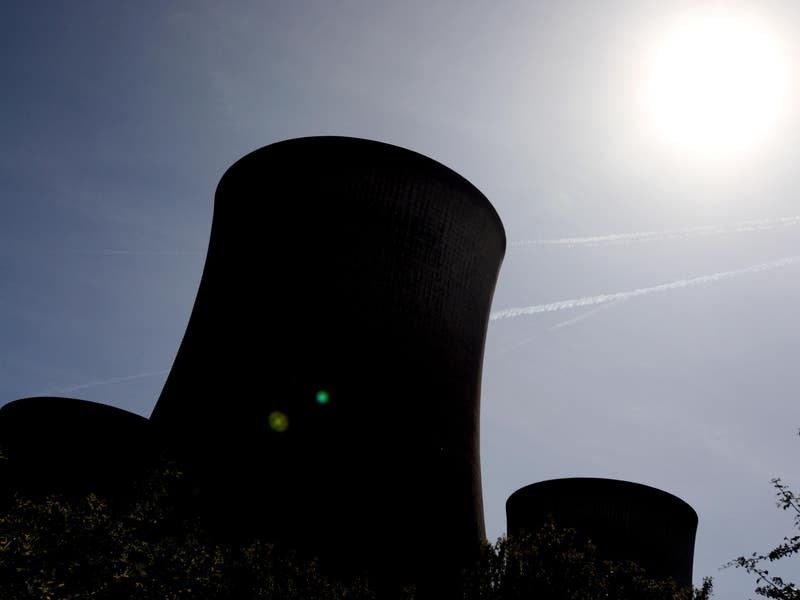Britain’s electricity grid operator has told two of its coal-fired power stations to stand down after preparing them to generate electricity amid pressure from freezing weather conditions.
National Grid said it had asked the winter “contingency” plants to prepare for operation to “give the public confidence in Monday’s energy supply”.
It said the plans meant the coal-fired stations could be used as “tools for additional contingency” as needed to allow the network to run as usual.
However, it told the units they would not be needed later on Monday as there was “adequate available contingency” to power households across the country this evening.
The ESO can confirm that it has now stood down these coal units as there is adequate available contingency for this evening.
— National Grid ESO (@NationalGridESO) December 12, 2022
The UK faces its biggest energy test yet with the current cold snap – which has seen the country suffer freezing temperatures and snow in many areas – ramping up demand for power at a time when supplies are tight.
UK next day electricity prices surged yesterday to help attract power imports through interconnectors from Europe and record prices are expected during the peak demand hours between 5pm and 7pm on Monday.
The instruction for the coal-fired plants marked the first since they were put on standby and came as the grid said it will also run another test of its demand flexibility service – which pays customers to use less electricity during certain hours.
On Monday, customers of some energy suppliers will be asked to reduce their consumption between 5pm and 7pm this evening.
National Grid says that the service is just a test and had already been planned for today, however, the timing will likely still be useful on a day when energy prices have shot up.
Octopus Energy has promised that its customers can save more electricity than other suppliers, with Drax and Eon also saying they can provide significant savings for the grid.
The grid had prepared two Drax stations in North Yorkshire for use this evening, which are among five put on standby under so-called winter contingency contracts, with others run by EDF and Uniper.
The two units are each said to be capable of generating around 570 megawatts – adding more than 1.1 gigawatts to the grid if used.






